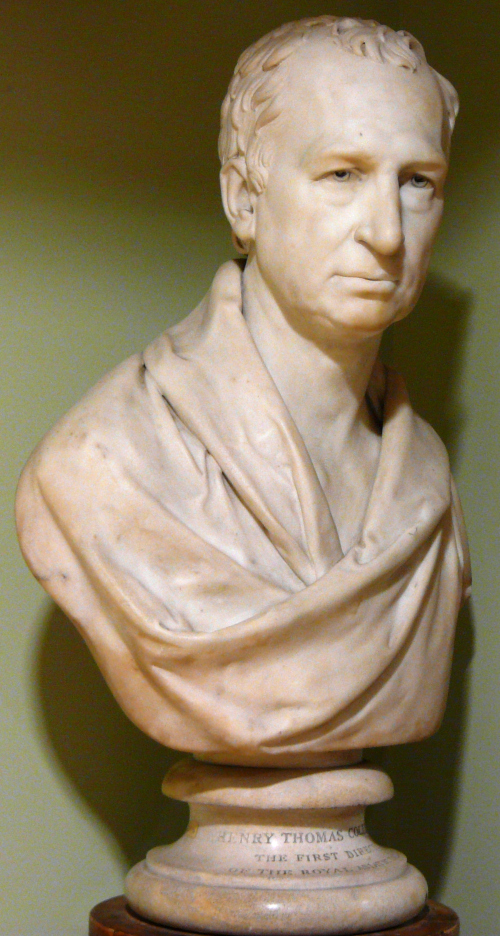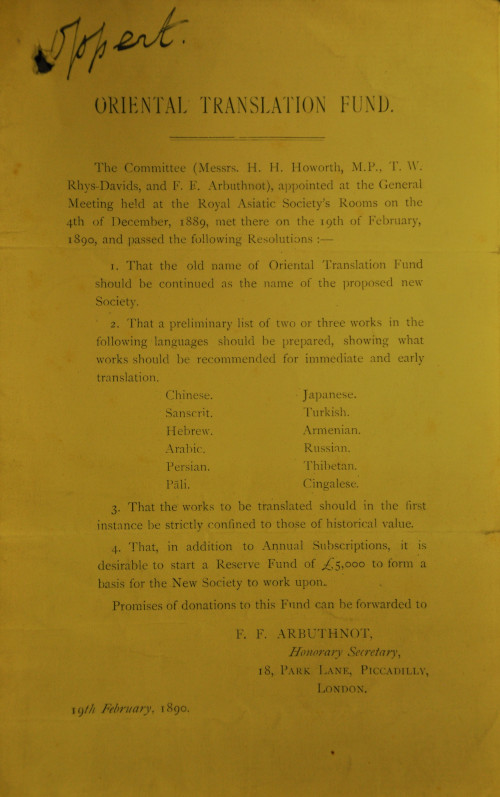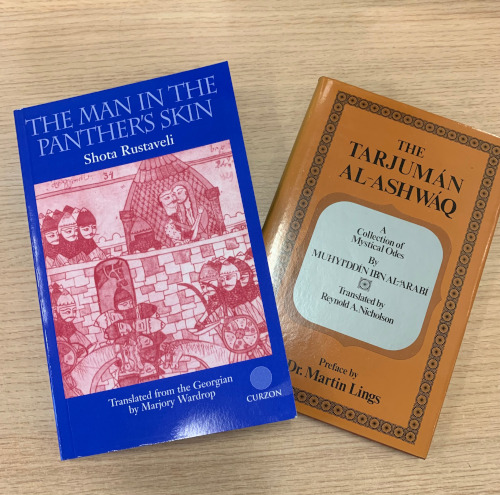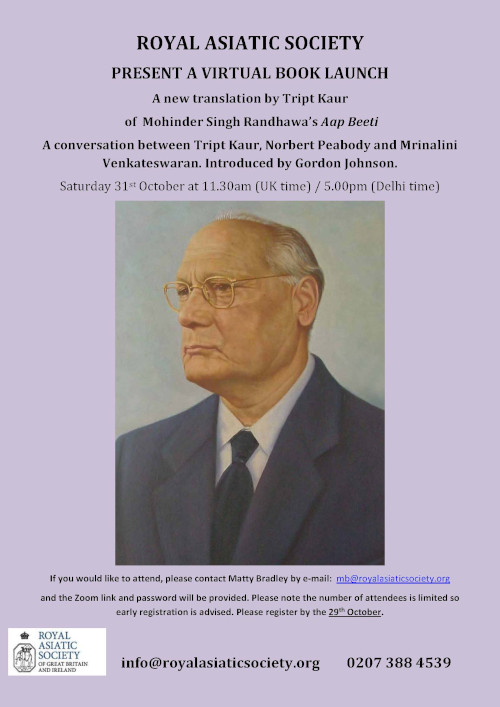Archives Hub feature for September 2021
Since its creation in 1823, the Royal Asiatic Society has run an active publications programme with the aim of realizing the mission expressed in the Society’s charter: ‘the investigation of subjects connected with, and for the encouragement of Science, Literature and the Arts in relation to Asia’. Publications have been supported by different funds and committees, but the oldest and perhaps most significant is the Oriental Translation Fund.
The fund was established in 1828 through a committee that was theoretically independent of the Society with its purpose to translate and publish ‘interesting and valuable works on Eastern History, Science, and Belles-Lettres’ and to make them accessible to wider audiences. The fund operated with great inclusiveness for the period, with a range of Asian languages accepted and translators of different nationalities welcomed. The list of early subscribers was impressive: King George IV was Patron, and other influential figures included: Prince Leopold of Saxe-Coburg, the former Prime Minister (the Duke of Wellington), the Archbishop of Canterbury, and the founder of the RAS, Henry Thomas Colebrooke.

The Oriental Translation Fund Archive covers the period 1836-2010, and consists of minute books, correspondence, publication lists, purchases and stock books. The material provides an insight into the general operations of the fund and the figures that contributed towards its longevity. Publications from the fund have been divided into two series with publication lists highlighting that 71 translations were published in the first series. This included the first OTF translation of a Sanskrit text, Kālidāsa’s ‘Raghuvaṃśa’ into Latin by Adolf Stenzle and a translation of the Persian manuscript ‘Customs and Manners of the Women of Persia’ by James Atkinson.
However, initial enthusiasm for the fund began to decline and operations were suspended in 1860 due to a shortage of funds. This is covered in the final minute book of the collection from November 1865 where it is written that ‘no more subscriptions should be called in’ and that the Wesleyan Missionary Society were to ‘enter also upon negotiations for the purchase of the stock and copyright of the O.T Society’s publications’.

Nevertheless, correspondence within the collection reveals that there were continuous talks to revive the fund in the 1880s with most of these efforts led by the British Orientalist and translator, Forster Fitzgerald Arbuthnot. Arbuthnot took control of the management of the fund and donated large amounts of his own money to allow the fund to continue. A leaflet within the collection showcases the confirmed revival of the fund, following a meeting at the Society in 1889. This included an establishment of a new committee and the creation of a reserve fund of £5,000 to fund new publications.

Due to the efforts of Arbuthnot and others, the fund is still in existence today whilst many other subscription presses within the Victorian period have ceased. The most recent OTF publication, Aap Beeti by Tript Kaur, has been translated into English from Punjabi. This can be viewed on the Society’s website.
The catalogue for the Oriental Translation Fund can be viewed on the Society’s Archives Hub page which lists all of our catalogued archives. The Royal Asiatic Society’s collections were created with the founding of the Society in 1823 and include: printed material, manuscripts, paintings, drawings, photographs, maps and archives. These provide an important resource for anyone wishing to study and gain further understanding of Asian cultures and history.
For further information please visit the Society’s website. The Reading Room is currently open to researchers with pre-booked appointments on Tuesday, Thursday and Friday.
Twitter: @RAS_Soc
Facebook: @RoyalAsiaticSoc
Instagram: royalasiaticsociety
Emma Jones (ej@royalasiaticsociety.org)
Archivist
Royal Asiatic Society
Related
Oriental Translation Fund, 1836-2010
Browse all Royal Asiatic Society collections on the Archives Hub.
All images copyright Royal Asiatic Society. Reproduced with the kind permission of the copyright holders.



